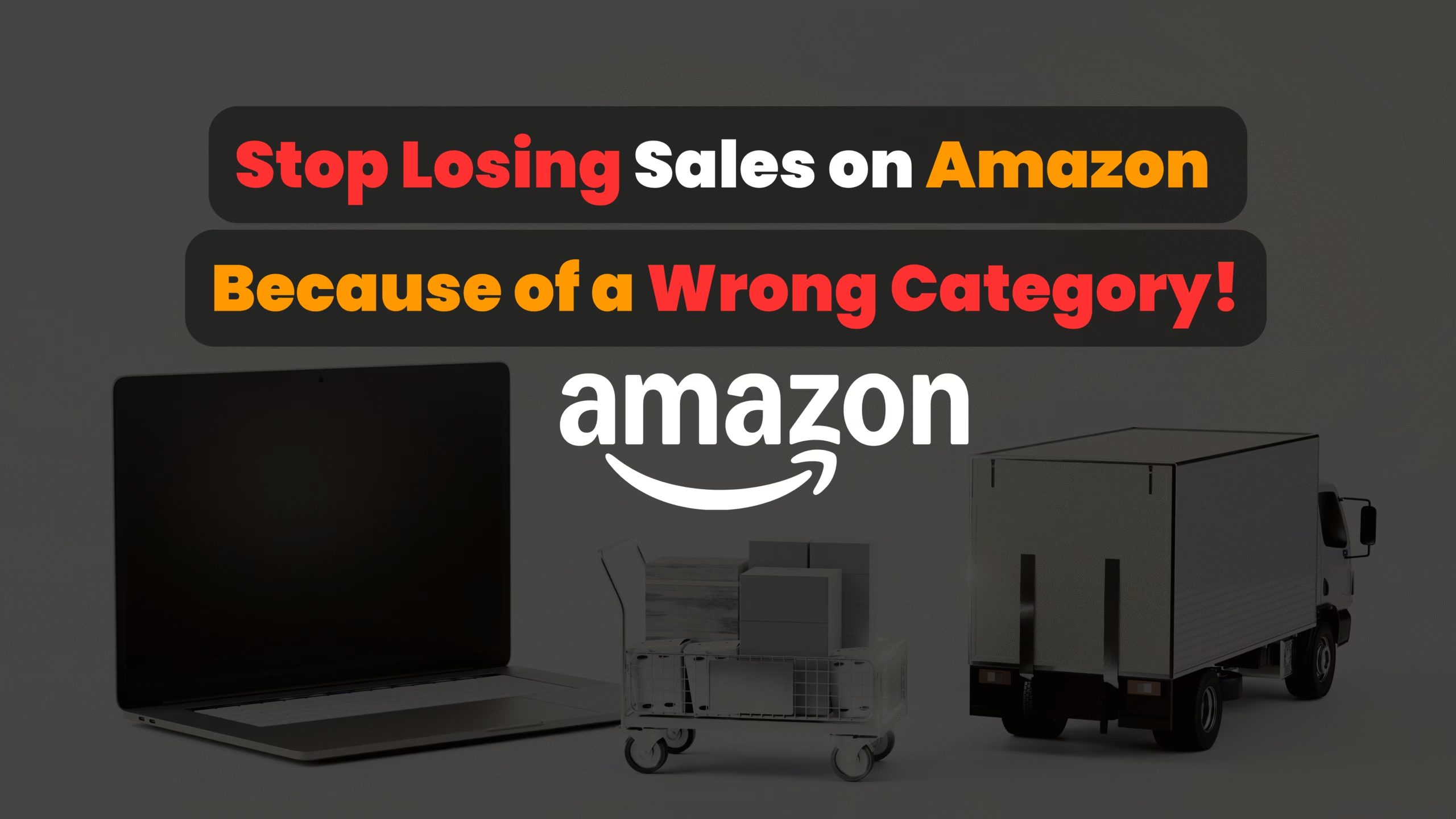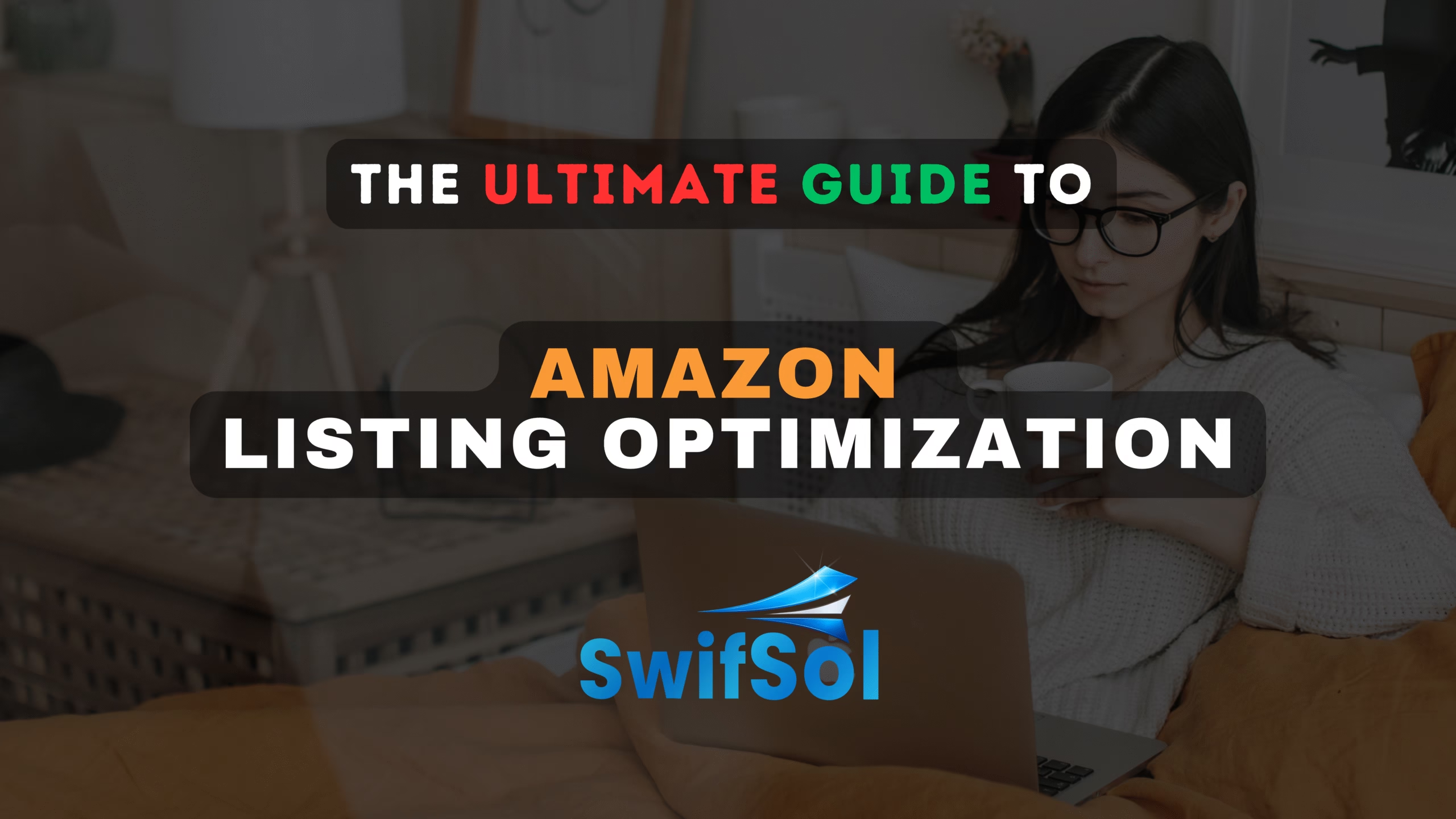In the ever-evolving world of eCommerce, 2025 marks another pivotal year in the battle between two retail powerhouses: Amazon and Walmart.
Amazon, once the digital pioneer, now holds a legacy status as the go-to marketplace for everything from last-minute gadgets to luxury goods. On the other hand, Walmart has undergone a full-blown digital transformation, turning its traditional retail empire into an omnichannel force that’s becoming harder to ignore.
So, if you’re a seller trying to decide where to plant your flag, the decision isn’t as simple as picking the bigger name. The better question is: Which platform aligns more closely with your business goals, products, and customer base?
Let’s break it down. Below, we dive into the core elements that determine platform dominance — from traffic and customer behavior to competition and seller experience — to help you make the smartest choice for your eCommerce business in 2025.
1. Market Share and Traffic: Who Commands the Crowd?
In digital commerce, visibility is currency. More eyeballs mean more potential sales — but not all traffic is created equal.
Amazon still commands the lion’s share of eCommerce traffic, boasting approximately 2.3 billion monthly visits worldwide in 2025. Its global infrastructure, advanced personalization algorithms, and Prime ecosystem are second to none. The platform operates in over 20 countries, with localized sites that adapt to regional buyer behavior — making it an international selling machine.
Meanwhile, Walmart has leaned heavily into digital over the last five years, and it shows. Its 120+ million monthly visitors in the U.S. are no small feat, especially when you consider that over 90% of Americans live within 10 miles of a Walmart store. This unique offline-to-online funnel gives Walmart a loyalty moat Amazon can’t replicate.
Here’s where the nuance lies:
- Amazon’s traffic is massive, but fragmented and competitive.
- Walmart’s traffic is smaller, but more focused, especially in categories like groceries, household essentials, and value-driven items.
In terms of conversion, Walmart actually leads in specific product categories — particularly where trust, necessity, and recurring purchases play a role. Think: diapers, breakfast cereals, cleaning supplies — not smartwatches or electric scooters.
2. Customer Demographics and Buying Behavior – Who Are You Really Selling To?
Your platform choice needs to match your target customer profile. And in 2025, these profiles are more distinct than ever.
Amazon’s Customer DNA:
- Tech-savvy, urban, higher-income
- Loyal to convenience and speed
- Prime subscribers who buy across many categories
- Less brand-loyal — more responsive to social proof and reviews
- Impulse buyers: they’re not just shopping — they’re browsing to discover
Amazon users are conditioned for speed. With 1-click ordering, AI-curated recommendations, and voice-enabled shopping, the average buyer trusts Amazon to deliver — literally and figuratively — in record time.
If your product can ride the wave of trends or serves an immediate need, Amazon is built for velocity.
Ideal for:
- Lifestyle products
- Subscription models
- Private-label innovations
- Tech, beauty, fitness, and pet care
Walmart’s Customer DNA:
- Budget-conscious, family-oriented, largely American
- Strong in rural and suburban regions
- Loyal to brands they grew up with (think Tide, Huggies, Clorox)
- More methodical, price-checking, bulk-buying consumers
- Higher overlap with in-store purchasing behavior
Walmart shoppers plan. They’re not swiping on impulse — they’re hunting for savings and bulk value. Online shopping is often done for pickup convenience or better pricing than what’s on the shelf.
Ideal for:
- Everyday essentials
- Baby and household goods
- Food and pantry items
- Automotive, hardware, and seasonal décor
Key Insight:
If your business thrives on trend cycles, upsells, and urgency — Amazon is your arena. If your strategy is anchored in necessity and brand trust — Walmart has the audience for you.
3. Seller Competition and Ease of Entry – Where’s the Real Opportunity in 2025?
So where do you have a real chance to win?
Amazon is a magnet for sellers — over 9.5 million accounts registered, with around 2.1 million active sellers globally. Thus, with that kind of seller saturation, particularly in hot categories, standing out is difficult — especially for newcomers.
Here’s what selling on Amazon feels like in 2025:
- Cutthroat pricing wars
- Listing hijackers and unauthorized sellers
- Rising PPC costs just to stay visible
- Minimal seller protection unless enrolled in Brand Registry
- Dependence on reviews and deal cycles for traction
To compete, sellers need sharp strategies, capital for ads, airtight listings, and constant optimization.
In contrast, Walmart Marketplace is less crowded — roughly 150,000 active sellers. Furthermore, while entry is more controlled (requiring U.S. registration, product legitimacy, and solid logistics), sellers enjoy:
- More organic visibility
- Less ad dependency
- Higher trust in listings
- Stricter enforcement on gray-market or counterfeit goods
Walmart gives breathing room, also, rewards sellers who play by the rules.
| Metric | Amazon | Walmart |
| Active Sellers | ~2.1 million | ~150,000 |
| Onboarding Time | 1–3 days | 5–15 days (manual review) |
| Ad Costs | High | Lower competition |
| Organic Ranking | Competitive | More achievable |
| Market Access | Global | Primarily U.S., expanding to CA/MX/UK |
Key Insight:
If you’re established and can out-muscle competitors, Amazon’s scale pays off. But, if you’re lean, new, or just tired of ad burn, Walmart offers space to grow.
4. Fulfillment Models – FBA vs. WFS: The Logistics of Winning
Speed matters — but so does trust in delivery.
Amazon FBA (Fulfillment by Amazon):
- Industry leader in logistics
- Seamless Prime integration = more sales
- Global infrastructure
- High fees, but unmatched reliability
- Returns and customer service handled end-to-end
FBA has matured into a double-edged sword. Therefore, You’ll get faster sales and better Buy Box chances — but you’ll also pay more and relinquish control over storage, prep, and returns.
Walmart Fulfillment Services (WFS):
- More selective, but improving rapidly
- Offers Buy Box preference (like FBA)
- Competitive rates, especially on storage
- Sellers must pre-qualify and maintain high standards
WFS is gaining momentum in 2025 — it’s not as robust as FBA yet, but offers sellers lower costs and more transparency. For U.S.-based businesses, it’s increasingly viable.
Key Insight:
FBA is plug-and-play but comes at a premium. WFS is rising — and with fewer sellers using it, you gain more algorithmic advantage.
5. Advertising and Brand Tools – Who Helps You Get Found?
Both platforms offer internal ad platforms — but they operate very differently.
Amazon:
- Amazon Ads is massive, with advanced targeting
- Sponsored Products, Brands, and Display
- DSP for retargeting off Amazon
- Expensive but effective — if you know what you’re doing
Amazon’s ad-driven ecosystem means sellers can scale fast — but at a cost. Margins shrink, and complexity increases. To stay visible, ads are mandatory in most categories.
Walmart:
- Walmart Connect is still evolving
- Lower CPCs and less ad fatigue
- Sponsored Products and Display Network
- New integrations with TikTok, Pinterest, and streaming ads (as of 2025)
Walmart ads give you more value for money — and while the targeting isn’t as deep, it’s improving. Walmart also shares more customer data post-purchase, which is gold for remarketing.
Key Insight:
If you can afford the ad arms race, Amazon offers speed and scale. But if you’re looking for lower cost-per-acquisition, Walmart is fertile ground.
6. Platform Fees and Profitability – Where’s the Margin?
Here’s where things get interesting.
| Fee Type | Amazon | Walmart |
| Referral Fee | 8–20% (avg. 15%) | 8–15% (avg. 12%) |
| Fulfillment (FBA/WFS) | High | Competitive |
| Subscription | $39.99/mo | Free |
| Returns/Restocking | Often seller-paid | Case-by-case, more lenient |
Amazon’s high-volume nature masks shrinking margins. Between referral fees, FBA costs, and mandatory PPC spend, sellers often give up 30–50% of revenue to stay competitive.
Walmart, with lower referral fees and no monthly fee, allows leaner margins — especially for sellers in grocery, CPG, and household categories.
Key Insight:
Amazon gives you volume; Walmart gives you margin. Pick your poison — or balance both.
7. Future Growth & Platform Vision – Who’s Built to Last?
Looking ahead, both Amazon and Walmart are evolving — but in different directions.
Amazon is doubling down on international expansion, AI-powered personalization, and first-party products (Amazon Basics, etc.). While this growth benefits the platform, it also competes with third-party sellers.
Walmart is focused on omni-commerce: tighter integration between stores and online, expansion of WFS, and deeper partnerships with local delivery providers. They’re becoming America’s one-stop retail ecosystem — both online and offline.
As of 2025:
- Amazon leads in tech and logistics innovation
- Walmart leads in real-world relevance and local optimization
Key Insight:
Amazon is global-first. Walmart is local-smart. As a seller, decide which vision complements your roadmap.
Final Verdict: Who Wins in 2025?
Here’s the truth: There’s no universal winner.
Instead of choosing sides, smart sellers ask:
“Which platform is best for my product, my audience, and my stage of growth?”
Choose Walmart if:
- You’re selling essentials, groceries, or household goods
- You want lower competition and better margins
- You’re new and want organic reach before scaling
- You want a platform that mirrors your in-store brand
Choose Amazon if:
- You’re ready for global exposure
- Selling tech, lifestyle, or trend-sensitive products
- You have a team or experience managing PPC and logistics
- You need scale and aren’t afraid to compete
Choose Both if:
You want to diversify, scale responsibly, and avoid over-reliance on a single platform.
Use Walmart to:
- Test new SKUs with lower ad spend
- Build brand trust among budget-conscious shoppers
- Increase margins in lower-competition categories
Use Amazon to:
- Launch fast and wide
- Tap into global buyers
- Build brand equity at scale
Final Words
In 2025, the smartest sellers aren’t loyal to platforms — they’re loyal to strategy.
Amazon and Walmart are no longer either-or choices. They are complementary engines in your sales machine. The key is knowing when, where, and how to leverage each one based on your brand maturity, product type, and market goals.
Don’t ask who’s winning the war — ask how you can win your next customer.
Ready to Shape the Future?
2025 offers more opportunity—and more complexity—than any period in e-commerce history. SwifSol’s strategists, data scientists, and creative technologists can help you navigate AI adoption, channel expansion, and privacy compliance with confidence. The future of e-commerce belongs to those who act decisively today.
Start your journey with SwifSol and turn digital ambition into tangible growth.
Connect With Us
LinkedIn: https://www.linkedin.com/company/swifsol
Instagram: https://www.instagram.com/swifsol
Website: https://swifsol.com/
Let’s build a smarter, faster, and more sustainable online retail world—together.


